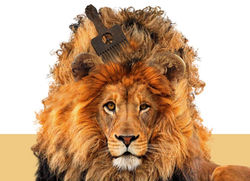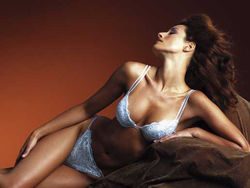I'M
MISHA LUNACEK.
I'm a creative digital artist
Photoshopholic &
Pixelmaniac for Hire.
P!xelManiac
for hire.
MASKING.
Shine with quality and let your Images be masked
Certain image sections, which are later visible (for clippings) and which can later be processed, are defined with the masking of image objects. We create maskings of all possibilities for you and will send the masked files for convenient processing to you.
Our services.
-
Perfect masking independent of the motive’s complexity
-
Masking of hairs and complex objects e.g. clothes with fur
-
Color masks to color image sections
-
Masks for web and print
-
Ideal for post-editing of elements within the image and color correction.
What is MASKING?
-
In digital image processing, masking refers to the act of changing the color of certain areas of a picture, or transferring these areas onto another background. First of all, this process requires clipping the relevant areas. The editor uses different tools to clip a color gradient, or a specific shape. But even a manual selection with the aid of the cursor or a graphic tablet is possible with most image editing programs. A completed selection then enables the masking process.
-
A most common masking is the color correction mask. One object of the picture is transferred to another level and can, therefore, be modified independently in terms of color. In a picture of an ice cream bowl, for example, the editor can clip one single scoop of ice cream. On an independent layer, the color of this scoop can then be edited. The filters used for this method allow for the details of the picture to be maintained. When the editor places the modified layer back on the original picture, nothing but the color of the scoop has changed. This method is often used for product photography and enables the depiction of products in various colors.
In a similar way, the editor can mask images when certain objects in the photography should not be visible. Since a simple removal of the object would leave a gap in the picture, the area of the object has to be masked, first. This method works easily with a monochrome background. The editor simply copies an area from the background and places this copy on the object to conceal it. The more detailed the background, the more difficult it is to extract single objects. In many cases, the desired objects are, therefore, copied onto a different background.
Benefits of MASKING.
-
As mentioned before, masking is used to create different color variants of a specific product. So instead of being busy with taking countless pictures of different colors, the photographer can take a single picture of an item that can be used for all colors. Accordingly, the necessity of editing only one picture considerably reduces the overall effort, depending on the number of color samples. This method guarantees a simple way to quality pictures, especially with clothing worn by a model. For example, the face of the model is not exact in one picture, whereas the piece of clothing is, two pictures can easily be combined to create the perfect final image.
-
Journalists often use the masking technique with their pictures. The image detail is crucial for the overall message of the picture. In many cases, people or objects that cannot be published appear in a picture. Instead of limiting the image detail, masking the picture can render unwanted objects and faces unrecognisable. A specific configuration of the photography can even alter the statement of some iconic images.
 |
|---|
 |
 |
 |
 |
 |
 |
 |
 |
 |
 |
 |
 |
 |
 |
 |
 |
 |
 |
 |
 |